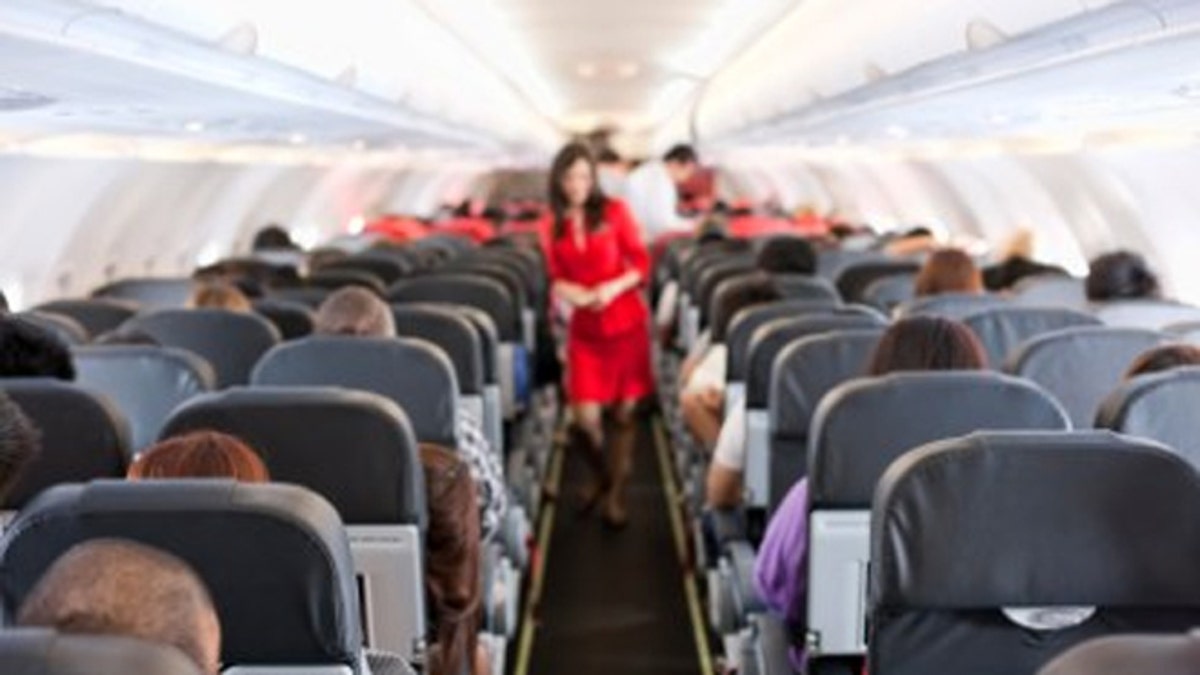
(AP)
The news reports from January 2 that a 25-year-old woman died on Dallas-bound American Airlines flight from São Paulo have hit a nerve: While an official cause of death is still pending the results of an autopsy, such tales seem to stoke our basic fears of being trapped on a plane in an emergency, where luck, as much as anything else, can determine the outcome.
As disturbing as that scenario is, however, there are no reliable statistics on how often deaths occur aloft. Even though the Federal Aviation Administration has strict requirements governing medical equipment onboard and also the level of flight crews' first-aid training, the agency says it doesn’t track inflight medical emergencies, because airlines aren’t required by law to report them (thus, flight disruptions for medical reasons are lumped in with all emergency landings.)
That may be partly due to a hoary airline custom, which, simply put, is that “no one dies on a plane.”
You read that right—and that’s essentially what flight attendants are told in training. In fact, I’ve taken a few training classes myself when researching stories, and in one crew manual I still have it’s there in black and white, under the heading “Apparent Death In-flight” (the emphasis here and below is my own).
Here’s what the crew of at least one major airline is told:
“If a passenger fails to respond to first-aid treatment, the flight attendant should:
•Notify the cockpit immediately
•Initiate CPR and continue through landing until relieved by qualified medical personnel
•Never consider a passenger deceased unless pronounced so by the local medical authorities after the aircraft had landed
There’s a good reason for this curious directive. Even though crews receive good emergency training (reinforced in regular recurrent training sessions), the fact is that they’re not medical personnel, and depending where the plane originated and where it lands, there could be a myriad of local laws and regulations to contend with. So the official declaration of death can only come from someone authorized to do so.
However, on a long overnight flight over water (such as the one from Brazil mentioned above), it’s simply unrealistic to expect flight attendants—or any doctors they can rustle up from the cabin—to continue CPR when it’s clearly a lost cause.
Typically what happens in such cases is that the passenger is moved to a seat away from most of the passengers (on some wide-body jets, there’s enough space in the crew rest quarters for this purpose). Still, it can be very distressing to nearby fliers, and in 2011, Jetstar airlines gave compensation for some fliers who witnessed the inflight death of a passenger who choked on an airline meal on a flight from Singapore to Auckland (although his family later said that he had a heart condition.)
Also keep in mind that crews aren’t alone when dealing with a serious medical issue: Most U.S. airlines use something called MedLink, run by an Arizona firm MedAire, which can be summoned by radio to give advice for treatment inflight until the passenger is safely on the ground.
Get flying tips at Condé Nast Traveler
More from Condé Nast Traveler
100 top cruise ships in the world
Great cities for architecture lovers
